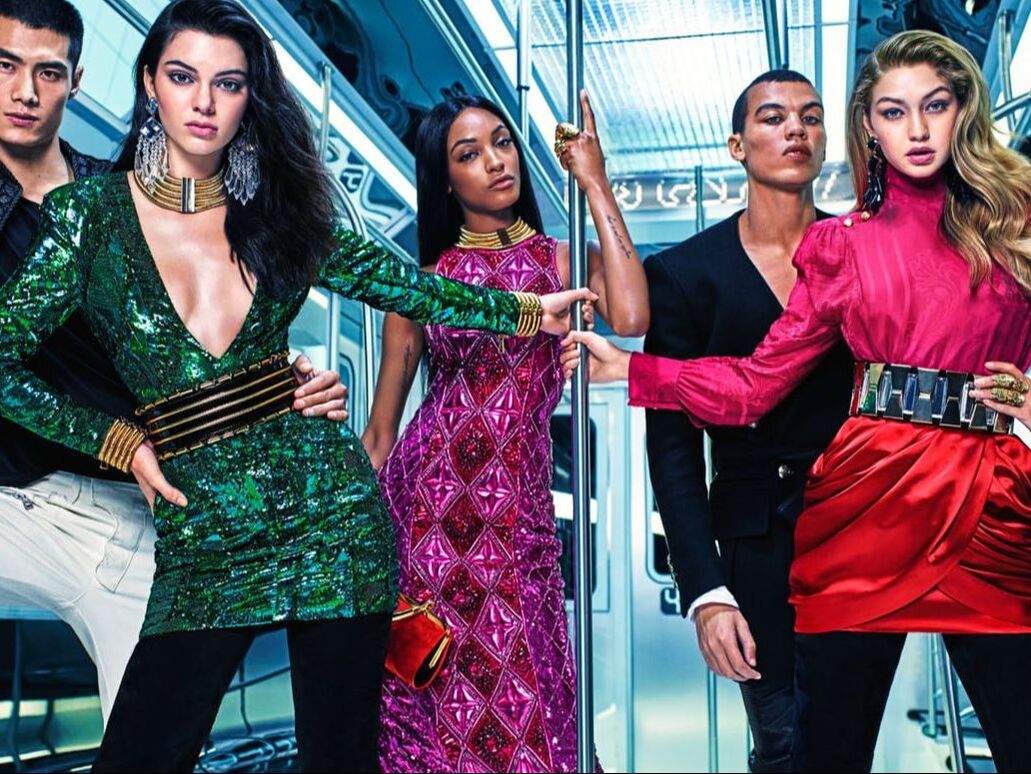|
As globe-trotting shows get underway once again, we explore the long, glamorous history of the Cruise collection Resort. Cruise. Pre-collections. Whatever you prefer to call them these mid-season shows, often held in stunning locations and accompanied by seriously glitzy parties, have provided some of the most memorable fashion moments in recent memory. But where did they come from? Dating back more than 100 years, early Cruise or Resort collections were just that – special capsules produced by designers and released between the main Autumn/Winter and Spring/Summer collections to kit out wealthy customers while they escaped to warmer climes during the winter months. While said to have been innovated by Coco Chanel, the concept was particularly popular in America where there was no tradition of elite families retiring to country piles as was well established in Britain and other European nations. Instead, as railroads spread throughout the country, upper class residents of cities like New York and Chicago would head south to Palm Beach and Miami in search of winter sunshine. Of course, just because the phenomena took off in the US, doesn’t mean European fashion houses weren’t quick to cash in, creating their own Cruise collections inspired by holiday resorts closer to home. Accordingly, these collections are now synonymous with locations such as the South of France and Italian Riviera, alongside more exotic locales such as Cuba and Rio de Janeiro. Likewise, Cruise collections have also largely been made up of summer staples – think swimsuits, floaty dresses and sportier silhouettes in bright prints and palettes – often offered at slightly lower price points than a house’s main collection. While in the early 20th Century these winter holidays, and their accompanying wardrobes, remained very much the privilege of celebrities and the jet-setting elite, as the cost of international travel fell, middle and upper-middle classes began taking trips of their own – and these more accessible lines became huge commercial propositions for fashion houses. And it wasn’t just women who were getting in on the action. Heritage American tailor Brooks Brothers, for example, opened its second ever brand in Palm Beach in 1924, finding itself in a prime position to offer candy-coloured shirting and linen suits to the booming male tourist population visiting the resort after World War Two. Over in Europe, meanwhile, major fashion houses such as Chanel, Dior and Louis Vuitton realised the potential of Cruise collections as a way to initiate new customers into their brands, much in the way many labels now do with entry-level items such as perfumes and accessories. Eventually this third ‘moment’ in the fashion calendar grew into an annual extravaganza with fashion houses spending huge sums flying fashion editors and VIP clients to far-flung destinations. A big brand will easily spend well into the millions on its Cruise show – a massive expenditure compared to a traditional fashion week show which, while still expensive in the hundreds of thousands, pales in comparison. However, when you consider a brand can make up to 60% of its annual revenue from Resort collections alone, it's easy to see why surrounding these clothes with a big spectacle that plays out well across social media is deemed a savvy investment. And, for those of us not lucky enough to secure a front row seat, there have been some incredible moments to share and retweet. Take, for example, the 2007 Chanel runway deemed by many to be the Resort collection that sparked a new era of springtime show extravagance. Taking over New York’s Grand Central Station, models in gladiator sandals and classic Chanel twinsets paraded in front of celebrities and morning commuters alike, earning the kind of column inches guaranteed to turn heads at rival houses. By this point Karl Lagerfeld had made a habit of putting the wealth and weight of the Chanel brand behind making a big deal of this formerly second-class season and, while it took other houses a little while to convince their CFOs of the same, it wasn’t long before fashion industry heavyweights were spending every April, May and June criss-crossing the globe to take in the latest edition of fashion one upmanship. Among the highlights were Dior’s Resort 2016 show, held in Pierre Cardin’s ethereal Bubble Palace in Cannes, Louis Vuitton’s memorable trip to Rio de Janeiro for Resort 2017 and Gucci’s fiery catwalk in an ancient Roman cemetery at the Promenade des Alyscamps in Arles, France for Resort 2019. Resort 2023 may have only just started but, with brands desperate to start throwing major events again post-pandemic, it has already taken us to the Brutalist Salk Institute in La Jolla, LA (Louis Vuitton) and the beach of the Hotel Monte-Carlo in Monaco (Chanel). Of course, not every brand feels the needs to put on such displays. The Row, for example, opted for a quietly chic show in a Parisian townhouse for Resort 2023 while, even before the pandemic, major brands including Hermes, Balenciaga, Alexander McQueen and Marc Jacobs had already begun experimenting with smaller presentations, films and lookbooks for their Resort collections. Coupled with this is the extra pressure a Cruise collection can put a creative director under. Having seen the money-making potential of these mid-season ranges it wasn't long before the commercial minds behind fashion brands began encouraging expansion. Much has been said about the seemingly constant churn of new fashion drops which, for a major house, can include Spring/Summer, Autumn/Winter, Cruise, Pre-Fall, Spring Couture and Autumn Couture. Double that for those who also offer menswear, not to mention kids, homeware and accessories. And, while yes, these creative directors have huge teams of designers working beneath them ultimately, if a collection doesn’t sell, the buck stops at the top. Many pointed to this non-stop expectation of creative brilliance as a motivating factor in John Galliano’s infamous breakdown while high profile designers, including Nicolas Ghesquière, Ann Demuelemeester and Demna Gvasalia, all referenced this pressure as factors in their decision to leave major houses or, in the case of Demuelemeester, quit fashion altogether. In an industry which has long been criticised for prizing newness above all else, the epithet quality over quantity may be a useful one to remember. For now though? Sit back and enjoy the show. Comments are closed.
|
Search by typing & pressing enter



